Hydrangea “Silverdollar”
Among the many varieties of paniculate hydrangea, “Silver Dollar” occupies a worthy place. Due to the silvery hue of the buds at the end of flowering, the variety was named “Silverdollar”. Having settled in the garden, lush bushes strewn with huge caps of snow-white flowers will become its rightful owners.
| Content:
|
Description of the variety
A fast-growing, medium-sized bush with a large number of shoots and a spreading crown. The stem is erect, strong, with dark burgundy bark. The leaves are large, emerald in color, dense, hard, oval in shape. The inflorescence is wide at the base, pyramidal in shape, densely packed, with a large number of flowers. At the initial stage of flowering, the panicle is pale greenish in color; by September it acquires a soft pink tint. During the main flowering period, the inflorescence is pale white. The sterile buds are large, strong, contain from 3 to 5 petals with a subtle aroma.
|
"Silverdollar" in bloom. Note! The bush is voluminous and wide, but the strong stems hold the inflorescences well and do not bend to the ground even in rainy weather, so there is no need to tie it up. |
Additional Information! The species was bred in 1990 by the Dutch breeder Pieter Zwijnenburg. In 2008, the British Royal Horticultural Society awarded “Silverdollar” awards for impeccable decorative qualities, ease of care and disease resistance.
|
Main characteristics of hydrangea “Silver dollar”
|
Landing rules
If the seedling has an open root system, experienced gardeners recommend placing it in a rooting solution (“Kornevin”, “Epin”) for several hours before planting for good development of the root system.
The procedure can be performed both in spring (the first half of May) and in early autumn, a month before the onset of persistent cold weather.
- Prefers partial shade, should not be placed in an open, sunny place. The area must be protected from drafts.
- To add all the necessary components to the hole, you need to make it 2 times larger than the root system of the seedling.
- Hydrangea is moisture-loving, but water stagnation in the roots should not be allowed. To do this, expanded clay and small stones are poured onto the bottom of the planting pit.
- Feels good on neutral and slightly acidic soil. If the soil is acidic, add lime.
- The hole is filled 1/3 with a soil mixture, the composition of which depends on the quality of the soil at the planting site:
- sand, to loosen the soil and retain moisture;
- compost;
- high-moor peat, for acidifying neutral soil;
- garden soil;
- complex fertilizers.
- The contents of the hole are spilled generously with water.
- An earthen ball with a seedling with a closed root system is placed in the hole, or a seedling with an open root system is placed, the roots are straightened.
- Cover with soil mixture. The root collar should remain at ground level.
- The soil around the seedling is compacted, a watering ditch is made, it is watered abundantly, and mulched with peat and sawdust.
- For better survival, it is advisable to shade the bush from direct sunlight.
|
Planting a hydrangea seedling |
Important! When choosing a location, you should take into account that over time the seedling will grow up to 2.5 m wide. There is no need to plant several specimens next to each other, they will oppress each other!
Hydrangea care
The variety has received several awards for its unpretentiousness in cultivation, however, without the necessary agricultural technology, the pet will wither and will not show itself in all its glory.
Watering
Hydrangeas are drinkers; the soil should not be allowed to become dry. Watering depends on weather conditions and should be moderately abundant. An adult plant needs 10 liters of water every 2 days. If the weather is rainy, water consumption is reduced.
A young seedling requires up to 8 liters of water per day. The baby's root system is not yet sufficiently developed and cannot reach the aquifers of the soil.
To prevent the formation of crust and retain moisture in the soil, the tree trunk circle is mulched with peat, wood chips, and sawdust.
For information! Unlike other paniculate hydrangeas, “Silverdollar“Tolerates dry periods very well and can go without watering for about a week.
Top dressing
To awaken after hibernation, stimulate growth and gain green mass, they are fed with nitrogen-containing fertilizers from early spring. It responds well to watering with diluted slurry (1:10) at the root or applying manure directly to the soil.
Before the flowering period begins, phosphorus is included in the fertilizing. This achieves an abundant and long-lasting wave of flowering. Use superphosphate at the rate of 1 tbsp. l. for 10 liters of water.
From mid-summer, nitrogen-containing compounds are replaced with potassium-phosphorus ones. Potassium will help prepare for winter.
Trimming
The procedure helps maintain a decorative appearance and rejuvenate the bush.
In early spring, before active sap flow begins, shoots that are damaged and weakened after winter are removed. This will give a neat appearance and encourage the plant to create new young shoots.
To ensure air permeability, thinning summer pruning is carried out. Remove stems that grow inward.
Autumn pruning is necessary to remove damaged, dried stems, as well as to rejuvenate the seedling. Old shoots are cut out at the root; in the spring, fresh stems will appear in their place.
|
Trimmed hydrangea bush in early summer |
Reproduction methods
Cuttings
Cuttings can be harvested during any pruning. Annual shoots take root best. Planting material is cut from them, leaving 2-3 internodes on each. The lower part of the cutting is dipped into the root formation stimulator “Kornevin” and planted for rooting in a plastic cup or in a mini-nursery in a garden bed.
|
Planted cuttings |
Reproduction by layering
The procedure is carried out in the spring. Select a strong shoot close to the ground, make an incision on the bark next to the bud and bury it 2 cm into the soil. The layering site is sprinkled with earth, and the stem is fixed with staples. By next year, the cutting will have its own root system. It is separated from the mother bush and transplanted to a permanent place.
|
Reproduction by layering |
Diseases and pests
The “Silver Dollar” hydrangea variety is quite resistant to diseases and pest attacks. However, with incorrect agricultural practices, you can end up with a diseased plant.
- Brown spots on the leaves are a signal that the pet lives in an alkaline environment and suffers from chlorosis. The disease will recede when watered with potassium nitrate or a solution of ferrous sulfate at the root.
- If the bush is placed in a sunny place, the leaves are likely to burn and the inflorescences will wilt.
- Lack of growth and frail appearance are a signal of a lack of nutrients in the soil.
The variety is susceptible to attack by spider mites and aphids. In the first case, all parts of the plant are covered with cobwebs. Aphid colonies on stems and leaves will be visible to the naked eye. In both cases, treatment is carried out with insecticides “Fitoverm”, “Molniya”, “Akarin”.
Frost resistance and preparation for winter
The shrub tolerates winter quite well in the middle zone. Frost resistance down to -25°C.
To prevent the plant from getting stressed during severe cold weather, you should take care of its roots and insulate it:
- the trunk circle is mulched with peat, spruce branches, sawdust, leaves;
- The top is covered with any covering material.
When wintering in regions with an aggressive, snowless climate, in addition to mulch, it will be necessary to protect it with a frame covered with protective material.
For information! The winter hardiness of hydrangea “Silverdollar” will be higher with autumn water-recharging watering and reliable shelter.
|
Various ways to cover for the winter |
Reviews
The “Silverdollar” variety is very popular, here is what gardeners write about it on forums on the Internet:
“It grows slowly, becoming wider. I still love him very much. True, this year there was nothing to photograph, but in previous years the flowering was always abundant. This variety, of the varieties that I have, has the darkest leaves and the white color on the inflorescences lasts the longest.”
“Silver Dollar is a very beautiful hydrangea, and it also grows very large. She needs a lot of space, she is up to 2.5 meters high and wide.”
Don't forget to read:
Use in landscape design
|
The magnificent “Silver Dollar” is an excellent soloist in single plantings. |
Landscape designers use it to create amazing compositions. In group plantings, a bush with caps of white flowers looks excellent with low-growing astilbes and hostas.
Evergreen conifer varieties look harmonious next to each other and highlight the beauty of flowering.
Rhododendrons and azaleas form an excellent mixborder with 3-5 hydrangeas.
|
Low-growing flowering specimens look gorgeous along garden paths, as a decorative hedge. |
Similar articles:
- Hydrangea paniculata Sunday Fries: description of the variety, photos and reviews from gardeners ⇒
- Hydrangea paniculata Pinky Promise: description, photos, reviews, planting and care ⇒
- Description of the 30 best varieties of paniculata hydrangea with photos and names ⇒
- Varieties of large-leaved hydrangea with photos and names ⇒
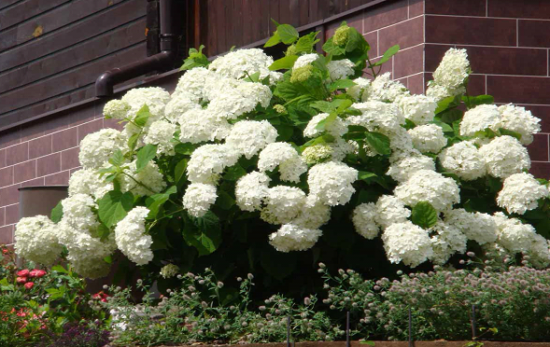
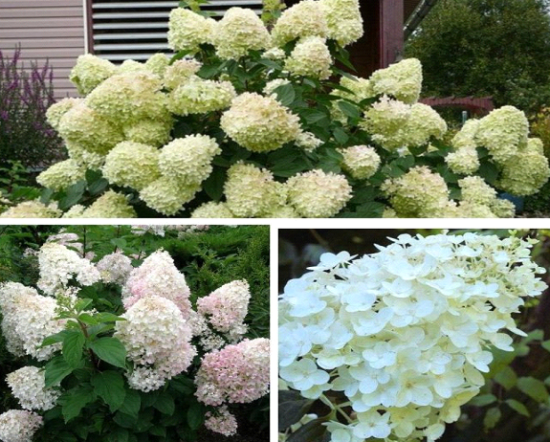
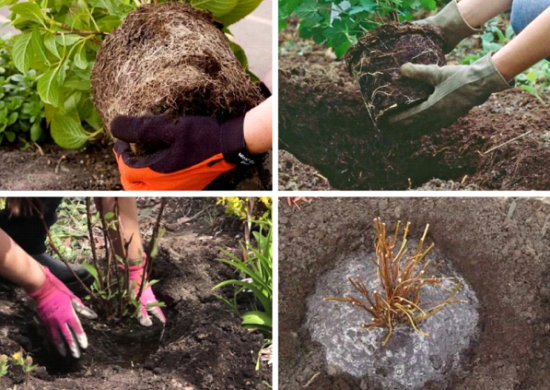

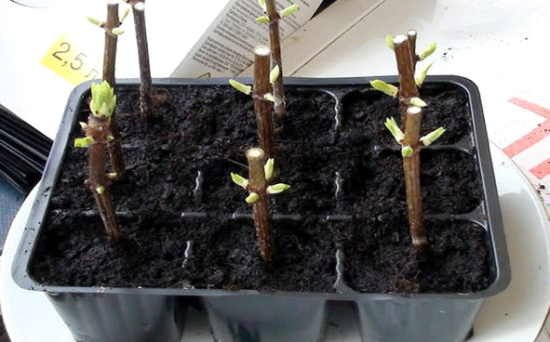
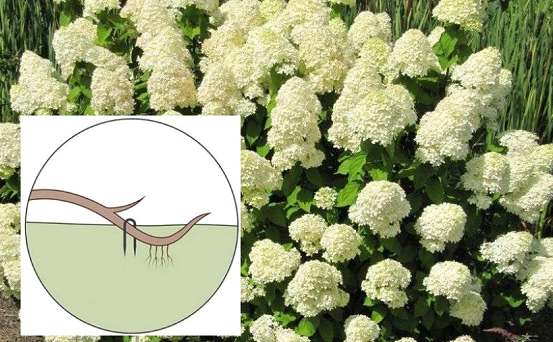
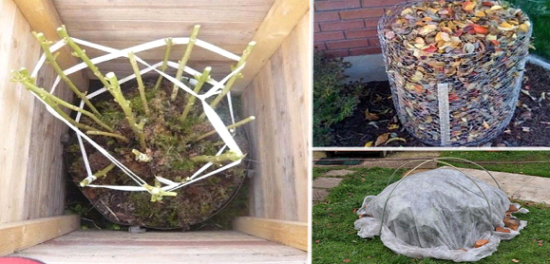
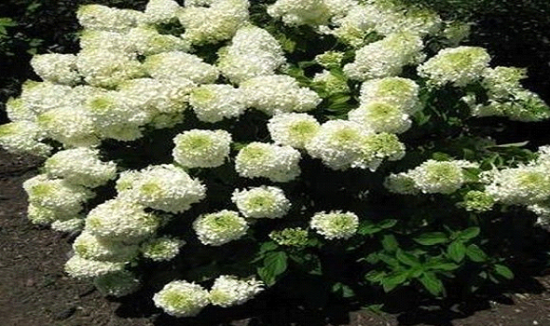
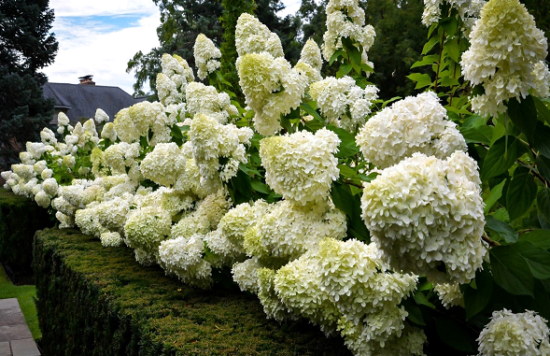

 CUCUMBERS NEVER GET SICK, I'VE BEEN USING ONLY THIS FOR 40 YEARS! I SHARE A SECRET WITH YOU, CUCUMBERS ARE LIKE THE PICTURE!
CUCUMBERS NEVER GET SICK, I'VE BEEN USING ONLY THIS FOR 40 YEARS! I SHARE A SECRET WITH YOU, CUCUMBERS ARE LIKE THE PICTURE! You can dig a bucket of potatoes from each bush. Do you think these are fairy tales? Watch the video
You can dig a bucket of potatoes from each bush. Do you think these are fairy tales? Watch the video
 How our fellow gardeners work in Korea. There is a lot to learn and just fun to watch.
How our fellow gardeners work in Korea. There is a lot to learn and just fun to watch. Eye trainer. The author claims that with daily viewing, vision is restored. They don't charge money for views.
Eye trainer. The author claims that with daily viewing, vision is restored. They don't charge money for views. A 3-ingredient cake recipe in 30 minutes is better than Napoleon. Simple and very tasty.
A 3-ingredient cake recipe in 30 minutes is better than Napoleon. Simple and very tasty. Therapeutic exercises for cervical osteochondrosis. A complete set of exercises.
Therapeutic exercises for cervical osteochondrosis. A complete set of exercises. Which indoor plants match your zodiac sign?
Which indoor plants match your zodiac sign? What about them? Excursion to German dachas.
What about them? Excursion to German dachas.